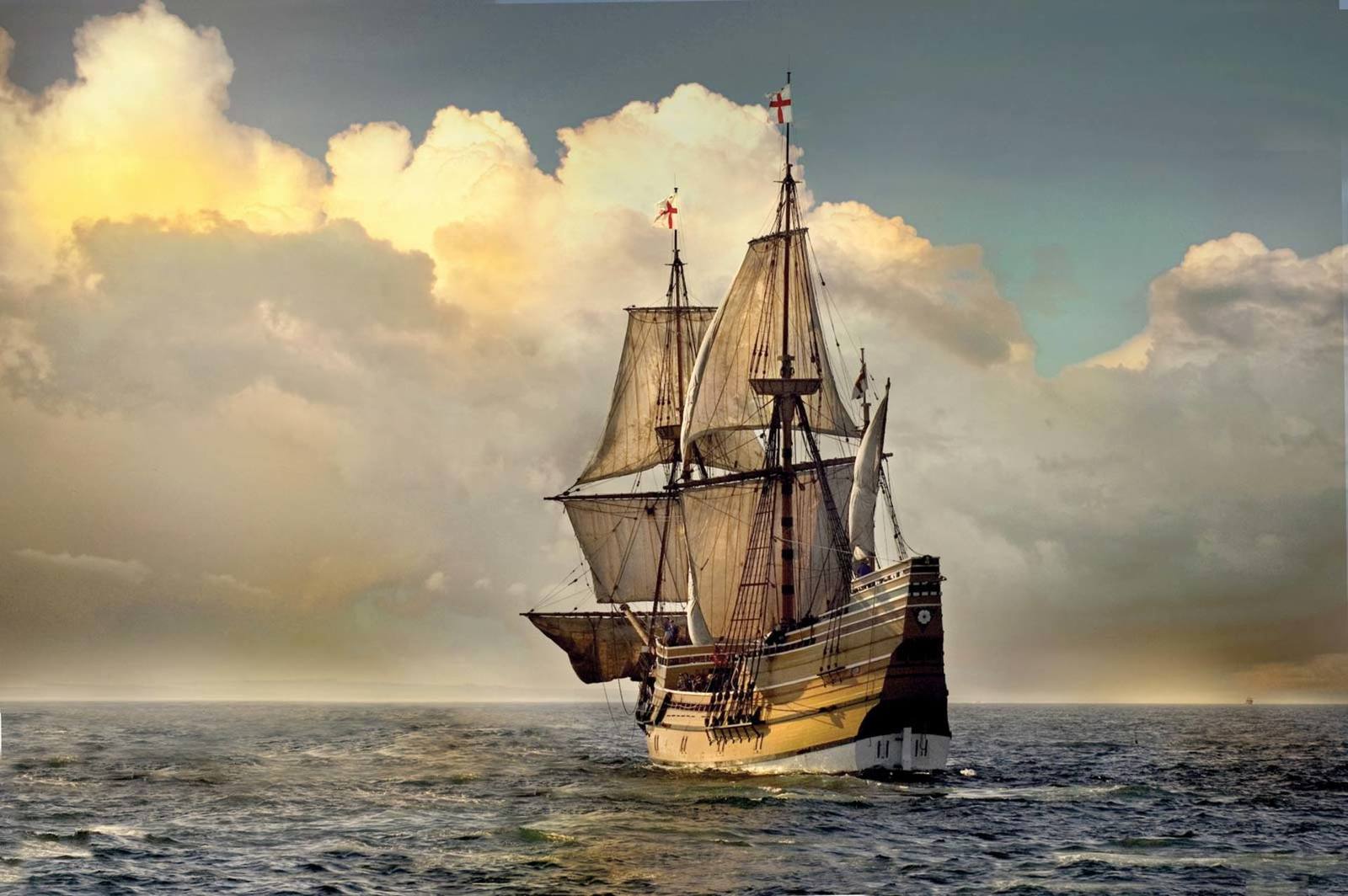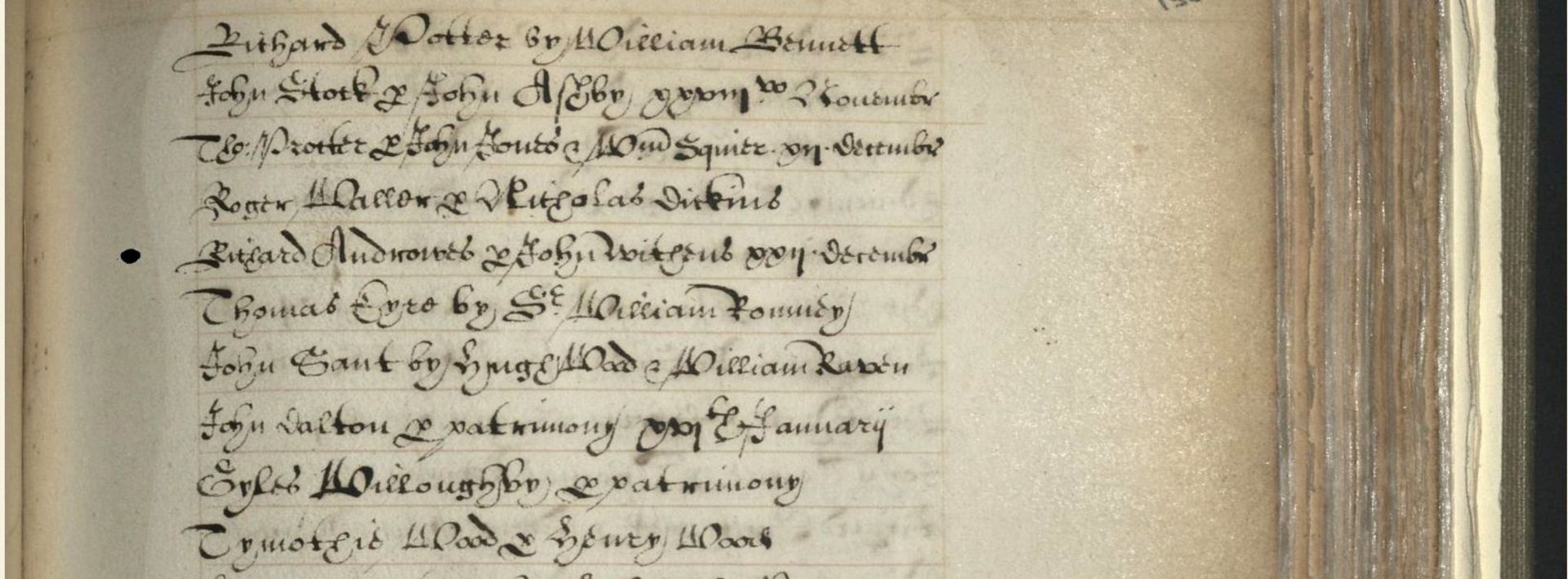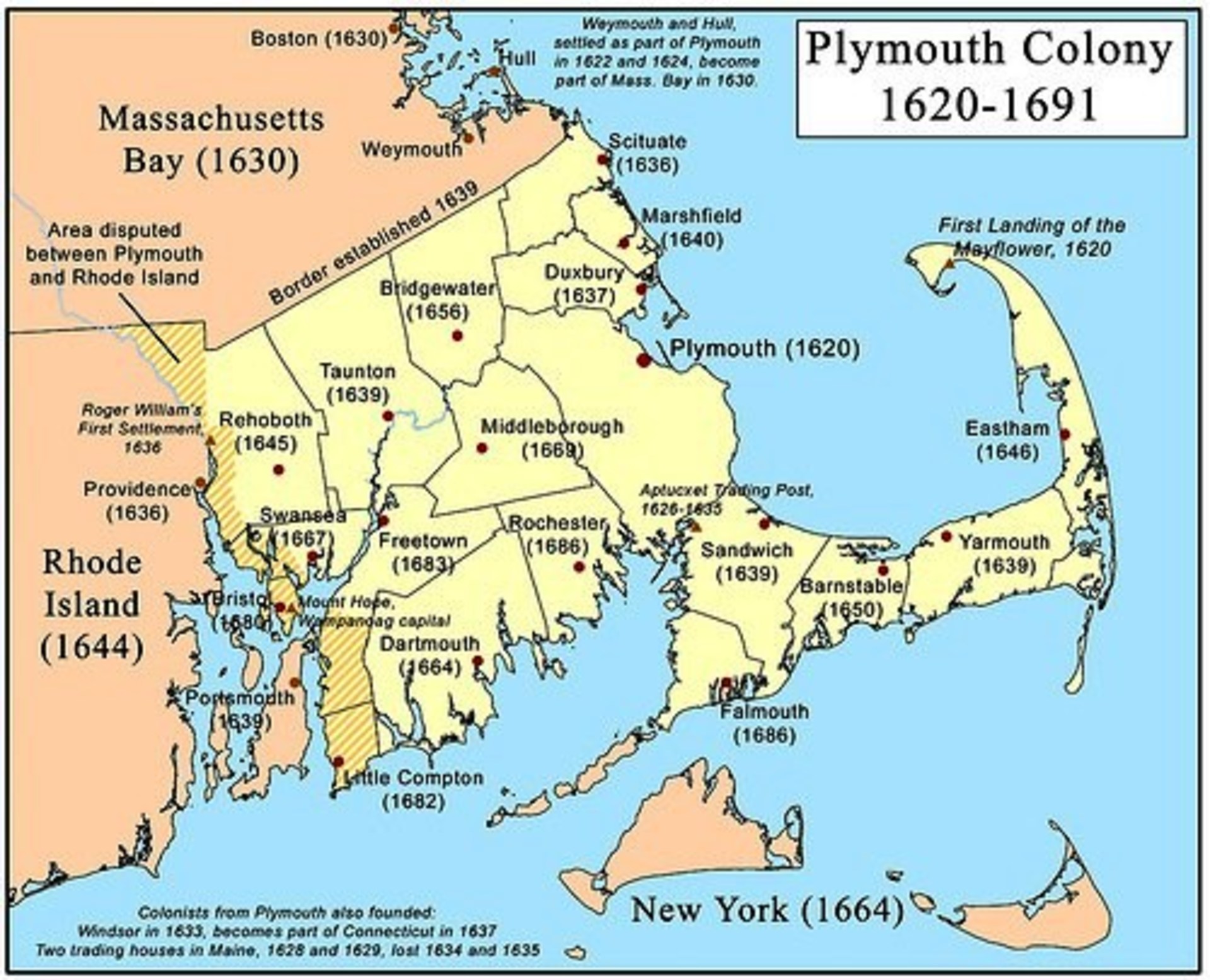26 November 2020
The Mayflower...

...and a Cheapside Haberdasher's involvement
It is a privilege to be a Court Member in The Haberdasher's Company which is one of the Great Twelve Livery Companies and has a long history closely connected to the development of the City of London and perhaps unknown to many, an important involvement in the famed voyage of The Mayflower.
Dr David Bartle, Archivist of The Haberdasher's recently shared this fascinating story of Cheapside, the City and of course the New World.
“But then the Merchant Adventurers will just pull out and withdraw their money”………[Words of Edward Winslow, Pilgrim on the Mayflower in a Play (2020 production) by Kate Price, Freeman of the Company]
The planned City of London and countrywide celebrations for Mayflower 400 (the 400th Anniversary of the sailing of the Mayflower) have sadly all become victims of the Covid19 pandemic. Several initiatives that the Company was planning in support of the events (such as a play about the voyage) have had to be shelved. But the main finding made during research for the events was the prominent role of one of our members at the time; his story is told in what follows.
The Mayflower set sail on 16th September 1620 from Plymouth, UK, to voyage to America, known to English explorers at the time as the New World. Its passengers were in search of a new life – some seeking religious freedom, others a fresh start in a different land. They would go on to be known as the Pilgrim Fathers and influence the future of the United States of America in ways they could never have imagined. More than 30 million people today can trace their ancestry to the 102 passengers and approximately 30 crew who were aboard the Mayflower when it landed in Plymouth Bay, Massachusetts.
A significant number were identifiable as Separatists, a group of people who mostly wanted to live a life free from the current Church of England. Others were on the ship for a multitude of reasons – some anticipated the chance to build a better future for their families and the opportunity of new land, while for others the offer of freedom and adventure was too good to turn down.
The territory of Virginia in America was an attractive destination because several colonies had already attempted settlement there. However, the pilgrims also felt that they should not settle too near to any existing groups and risk ending up with a similar religious environment from which they originally fled.
The pilgrims wanted to work with like-minded Separatists in England to fund and organise their journey – which had to make commercial sense. And they began negotiations with such merchants in London through the Guild of Merchant Adventurers of London and convinced them that funding their journey would see a significant return on investment thanks to the luxury products, such as furs, they would be able to send back to England.
The Haberdashers’ Company like the other City Liveries did not take up direct involvement with the Mayflower pilgrims. But in the case of the Haberdashers, there was an involvement through one of our members, Richard Andrews, who became a major personal benefactor of the voyage and was a sympathetic Separatist in his religious views. In fact, Richard Andrews was one of the wealthiest and most liberal of these London-based Merchant Adventurers.
Richard was originally a trading Haberdasher of Cheapside in the City of London and a Court Member of the Haberdashers’ Company: he had received his Freedom of the City in 1606.

So it was that in 1619, a group of merchant adventurers including Richard Andrews gathered in London to consider financing a voyage to Plymouth Plantation. This was specifically to be an investment in the voyage of the Mayflower, through the entreaty of the pilgrims intent on going.
By 1624 four of the original Adventurers, including Richard Andrews, sent a statement of affairs to the Plymouth colony explaining why most of the original merchant adventurer backers had given up due to losses at sea and failed profits. They asked that after the colonists’ needs were filled that ”you gather together such commodities as ye cuntrie yields and send them over to pay debts and ingagements which are not less than £1,400.” But by 1626 the Plymouth colony was in deep financial trouble.
In July 1627 twelve of the original pilgrim fathers, who became known as the ‘Undertakers’ (NB meaning ‘those taking on an undertaking’ and not those burying people!), agreed to pay the sums owed in London and become personally liable in the event of default. The ‘Undertakers’ would get the profits of the beaver fur trade for six years for the whole colony, and profits from corn and tobacco, to be reassessed after 1633. Richard Andrews was among a handful of remaining merchant adventurers who provided a high-interest loan to the ‘Undertakers’ and others were named as agents to receive and trade in all goods and merchandise sent to England and to purchase supplies for Plymouth Colony.
In 1628 the Pilgrims’ debt was revised to £1,800, to be repaid in instalments every September up to 1636 to just five remaining investors. Including Richard Andrews, Haberdasher, Timothy Hatherly, Felt Maker, and John Beauchamp, Salter, later known as the English Partners. Through this agreement, the investors in England gave up all claims to ”the said stocks, shares, lands, marchandise and chatles” in the Plymouth plantation.
Finally, by 1641 all parties in the Plymouth affair wanted their freedom from their debts and loans. So the remaining joint-stock, consisting of housing, boats, implements and commodities, valued at £1,400 was shared out by the London Partners. The Plymouth pilgrim leaders also promised the London Partners £1,200 at £400 down and £200 per year to settle their debt. Thus it was that they paid a sum of £500 to Richard Andrews, who had by this time become a proprietor of the Massachusetts Bay Company and a permanent resident in Boston, Massachusetts. He used his share to buy cattle and make other provision for the relief of the poor in the Massachusetts Bay colony.

The rest as they say is history...
